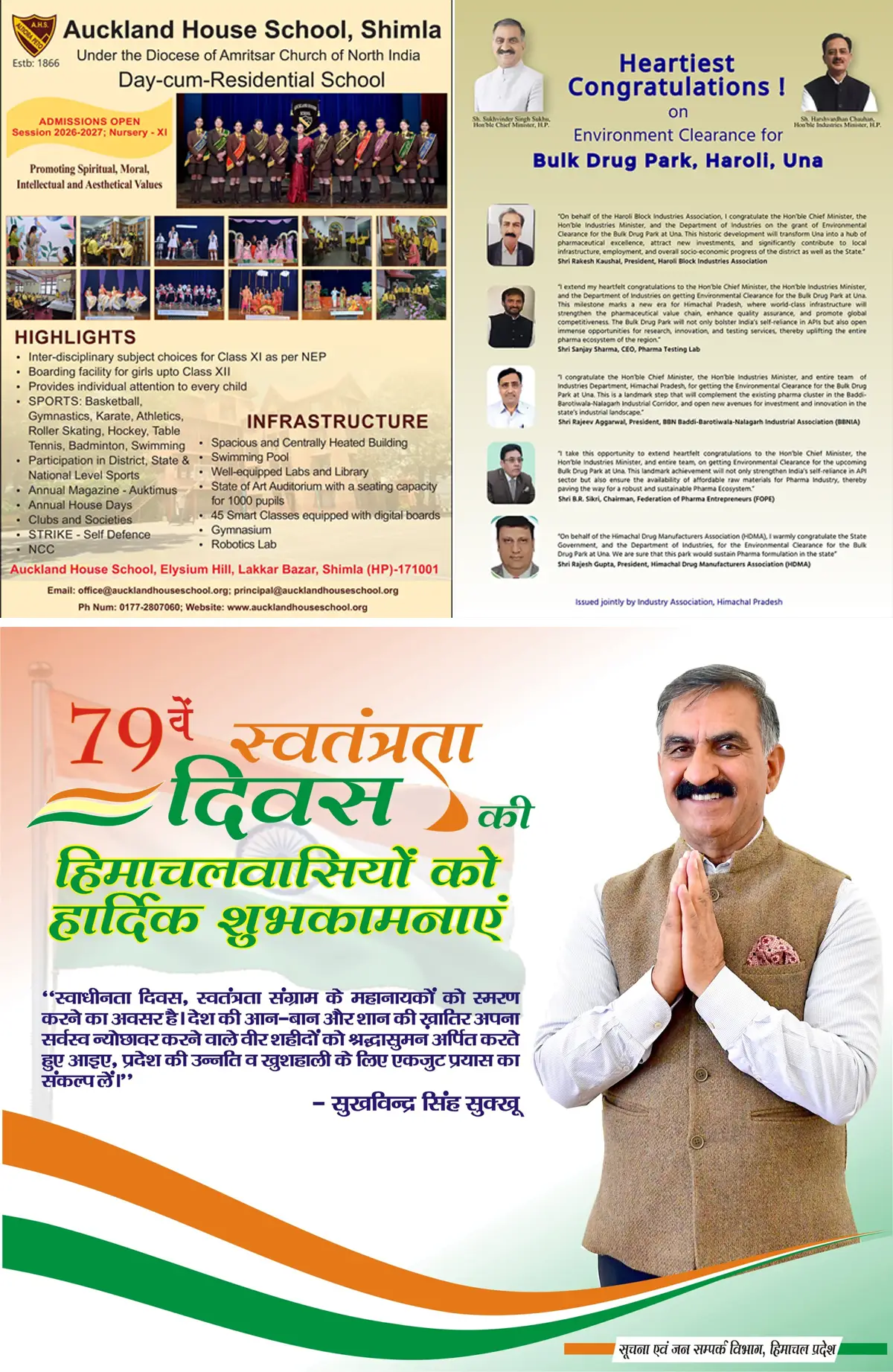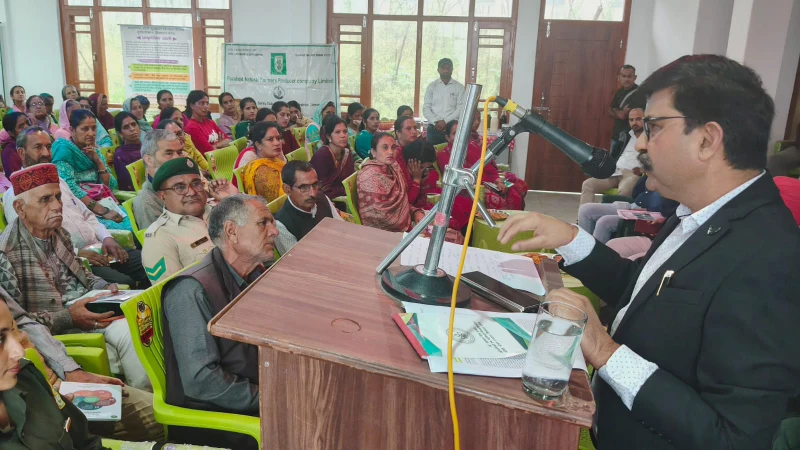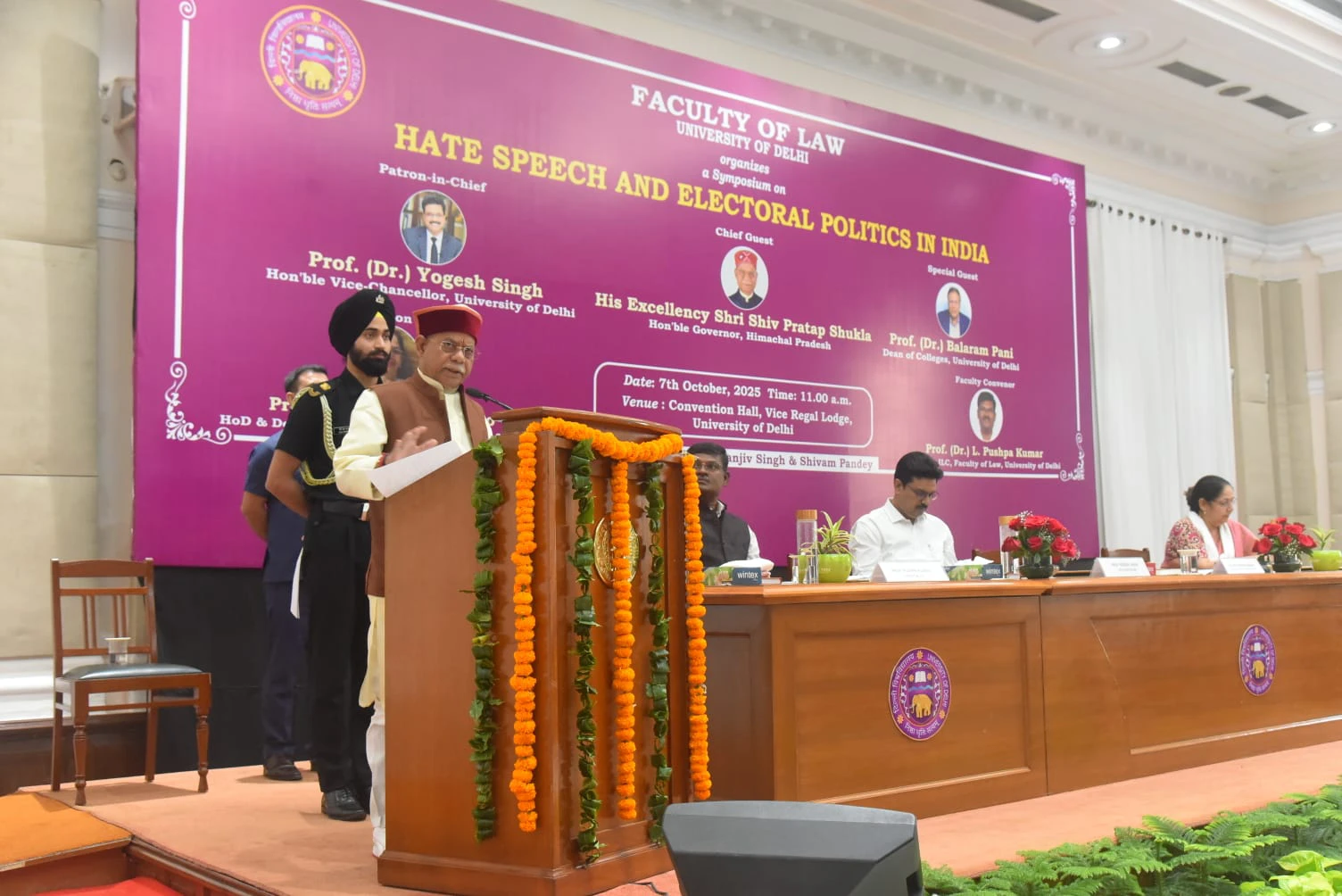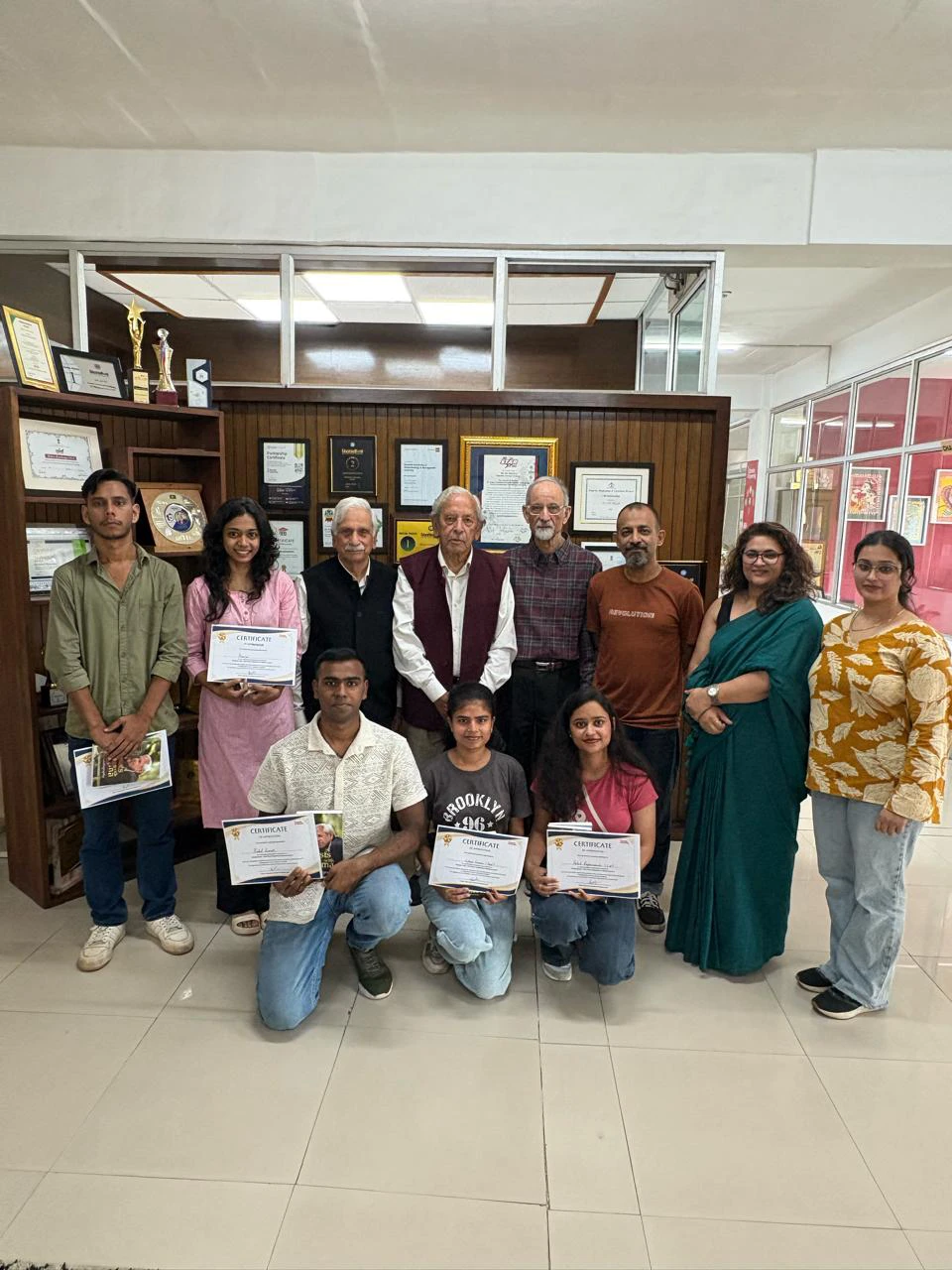“Ekal Nari” Scheme: Government’s Boast vs. Ground Reality
3 min readShimla, February 8, 2025 Ritanjali Hastir
Once considered one of India’s most self-sustaining states, Himachal Pradesh is now revealing a bleak contradiction. A state known for its self-sufficient villages and low poverty levels is now witnessing distressing scenes — such as a woman rummaging through a heap of garbage, desperately searching for discarded potatoes to feed her family in Shimla’s sabzi mandi. While the government proudly announces temple beautification projects worth crores, the question arises, ‘Where is the concern for those struggling to secure their next meal?’
The contrast is unsettling. On one hand, Chief Minister Thakur Sukhvinder Singh Sukhu speaks of “Vyavastha Parivartan” (systemic transformation), promising prosperity, while on the other, the widening economic gap is visible on the streets. Beautification projects near the state secretariat and religious sites, running into hundreds of crores, seem like white elephants when essential issues like food security, employment and healthcare remain unaddressed.
While the government claims to have increased MNREGA wages and implemented welfare schemes, the ground reality tells a different story. Unemployment remains a pressing issue, forcing many into extreme poverty. The government’s promise of social security to women, pension reforms, and financial aid for disaster victims stands in stark contrast to the struggles of common people, who are left to fend for themselves amidst rising inflation and economic strain.
Adding to the irony, the so-called ‘blue-eyed boys’ of the system — those with political or bureaucratic patronage — continue to benefit at the expense of the common citizen. While a labourer scavenges for food, reports suggest that free apples, a symbol of Himachal’s rich agricultural produce, were generously distributed to IAS officers across the country. This raises serious concerns about the misuse of state resources and the growing disconnect between the privileged few and the struggling masses.
Moreover, allegations of misallocation of resources and political blame games further divert attention from urgent grassroots issues. While the state government accuses the previous BJP regime of financial mismanagement, the present administration’s priorities also raise concerns. Investments in temple renovations, infrastructure projects or the latest alledged recruitment scam should not overshadow the immediate need for food security, affordable healthcare and sustainable employment.
The heartbreaking image of a woman scavenging for food in a state that boasts of prosperity serves as a grim reminder — development should be inclusive. If the basic needs of the poorest remain unmet while political elites and bureaucrats enjoy undue privileges, no amount of beautification or infrastructure expansion can mask the deepening crisis.
The Himachal Pradesh government proudly boasts of its welfare initiatives, including the “Ekal Nari” Scheme, which promises ₹1,500 per month to single women, and its commitment to 6,000 orphaned children under the Children of the State program. However, these claims stand in stark contrast to the grim reality on the ground. While government officials highlight their so-called achievements, distressing scenes of poverty tell a different story—like a daily wage laborer in Shimla, seen rummaging through garbage for discarded potatoes. If social security schemes are truly benefiting the needy, why are people struggling for basic necessities? At a time when crores are being spent on temple beautification and privileged bureaucrats enjoy free apple distributions, the plight of the common man raises serious questions about the government’s priorities.






